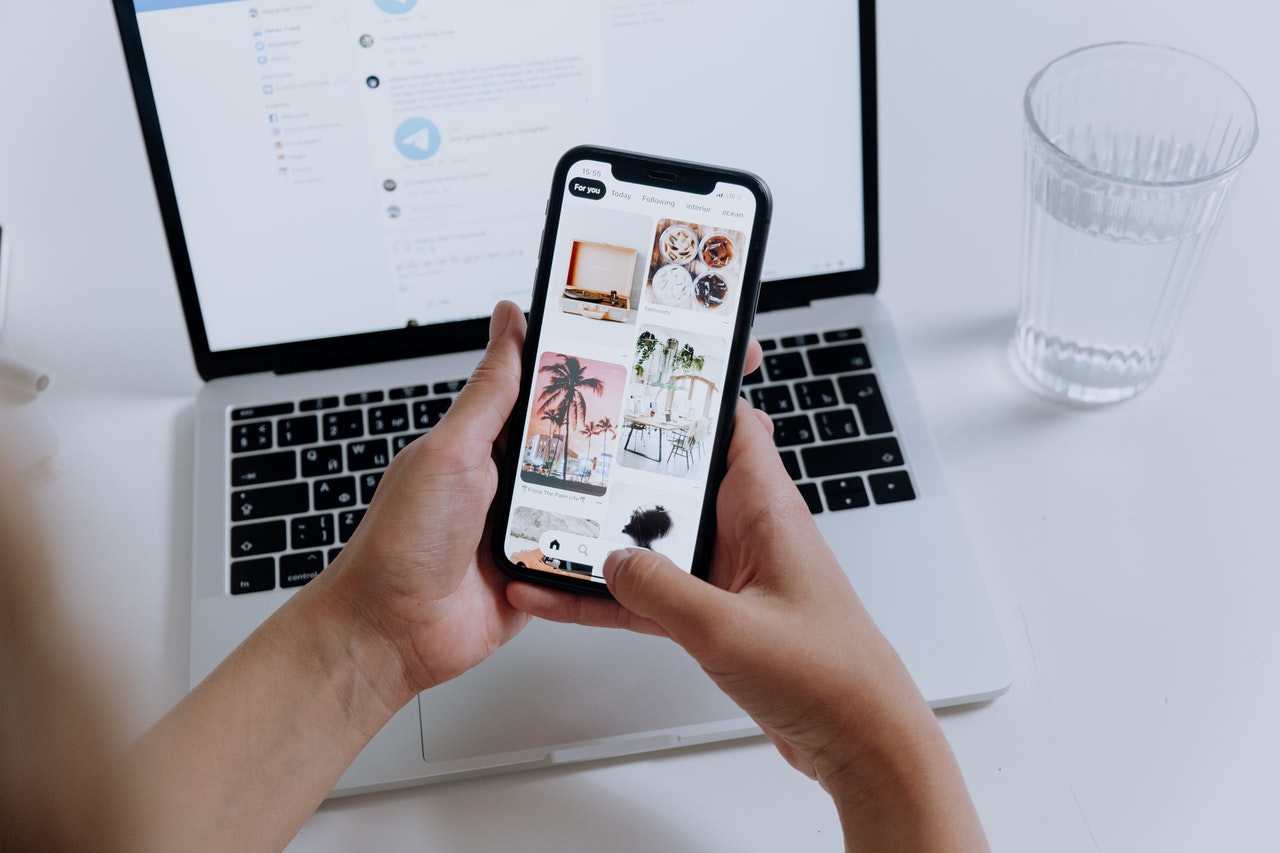Finding the perfect outfit can often feel like an overwhelming task, especially with the myriad of choices available today. Whether you’re dressing for a special occasion, a professional setting, or simply a casual day out, the right outfit can significantly boost your confidence and enhance your personal style. In this article, we will explore a multi-faceted approach to discovering your ideal ensemble, focusing on key elements such as body type, color theory, occasion appropriateness, and personal style preferences.
Understanding Your Body Type
The first step in finding the perfect outfit is to understand your body type. Different silhouettes flatter different shapes, and knowing yours can help you make informed choices. Here are some common body types and tips for dressing them:
- Hourglass: Characterized by a defined waist and balanced proportions, hourglass figures can benefit from fitted clothing that accentuates curves. Consider wrap dresses, tailored blazers, and high-waisted pants.
- Pear: With a narrower upper body and wider hips, pear-shaped individuals should focus on drawing attention to the upper half. A-line skirts, embellished tops, and structured jackets can create a balanced look.
- Apple: Apple-shaped bodies tend to carry weight around the midsection. Opt for outfits that elongate the torso, such as empire waist dresses and V-neck tops, while avoiding clingy fabrics around the waist.
- Rectangle: This body type features a straight silhouette with little definition at the waist. To create curves, try peplum tops, belted dresses, and layered outfits that add dimension.
- Inverted Triangle: With broader shoulders and narrower hips, inverted triangle shapes can balance their proportions with A-line skirts and wide-leg pants, while opting for softer, rounded necklines.
Mastering Color Theory
Color plays a crucial role in how an outfit is perceived. Understanding color theory can help you choose shades that complement your skin tone and convey the right message. Here are some tips:
- Skin Tone: Determine whether you have a warm, cool, or neutral skin tone. Warm tones typically look great in earthy colors like oranges, yellows, and browns, while cool tones shine in blues, greens, and purples. Neutral tones can often wear a wide range of colors.
- Color Psychology: Different colors evoke different emotions. For instance, red can signify power and passion, while blue often conveys calmness and professionalism. Choose colors that align with the impression you wish to make.
- Seasonal Palettes: Consider seasonal color palettes that resonate with your style. Spring and summer often favor lighter, brighter colors, while fall and winter lean towards deeper, richer hues.
Occasion Appropriateness
Understanding the context in which you’ll be wearing your outfit is essential. Here are some guidelines for various occasions:
- Professional Settings: Business casual or formal attire is often required in professional environments. Opt for tailored suits, blouses, and dress shoes that reflect your industry’s culture.
- Casual Outings: For a relaxed day out, prioritize comfort without sacrificing style. Think well-fitted jeans, stylish sneakers, and layered tops that can be easily adjusted for temperature changes.
- Special Events: Weddings, parties, and formal gatherings call for more elaborate outfits. Consider the dress code and choose elegant dresses or suits that make you feel confident and comfortable.
Defining Your Personal Style
Your personal style is a reflection of who you are. To find the perfect outfit, take time to define your style by considering the following:
- Inspiration Sources: Look for inspiration in fashion magazines, social media platforms like Instagram and Pinterest, or even from friends and family. Create a mood board that encapsulates your desired aesthetic.
- Wardrobe Essentials: Invest in timeless wardrobe staples that can be mixed and matched. Classic pieces such as a little black dress, tailored trousers, and versatile blazers can serve as the foundation for countless outfits.
- Accessorizing: Accessories can elevate any outfit. Experiment with jewelry, bags, and shoes to add personality and flair. Remember, sometimes less is more, so choose accessories that enhance rather than overwhelm your look.
Conclusion
Finding the perfect outfit is an art that combines understanding your body type, mastering color theory, considering occasion appropriateness, and defining your personal style. By taking a thoughtful approach to your wardrobe choices, you can create outfits that not only look great but also make you feel confident and empowered. Remember, fashion is not just about following trends; it’s about expressing who you are. Embrace your unique style journey, and you’ll find that the perfect outfit is always within reach.


